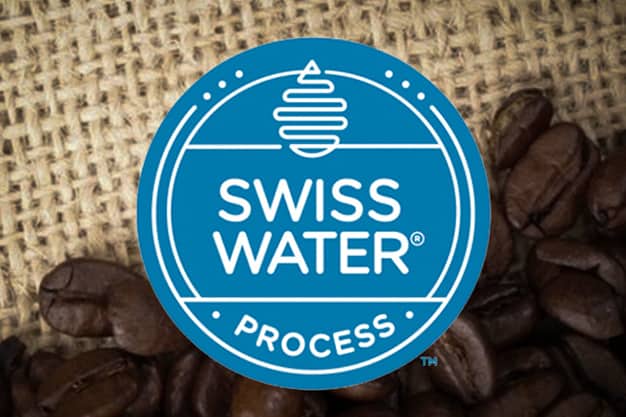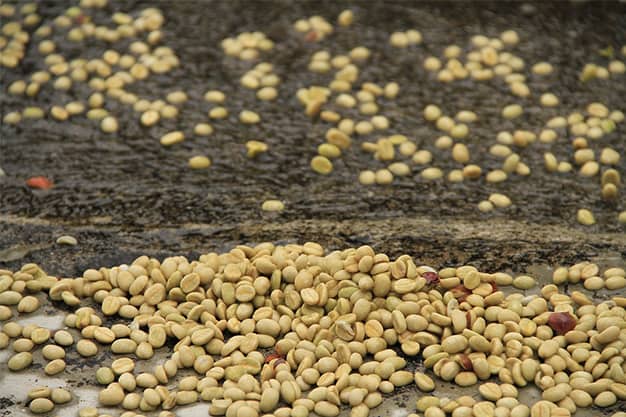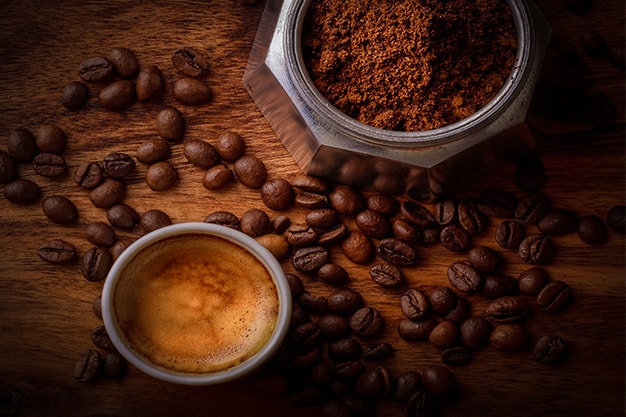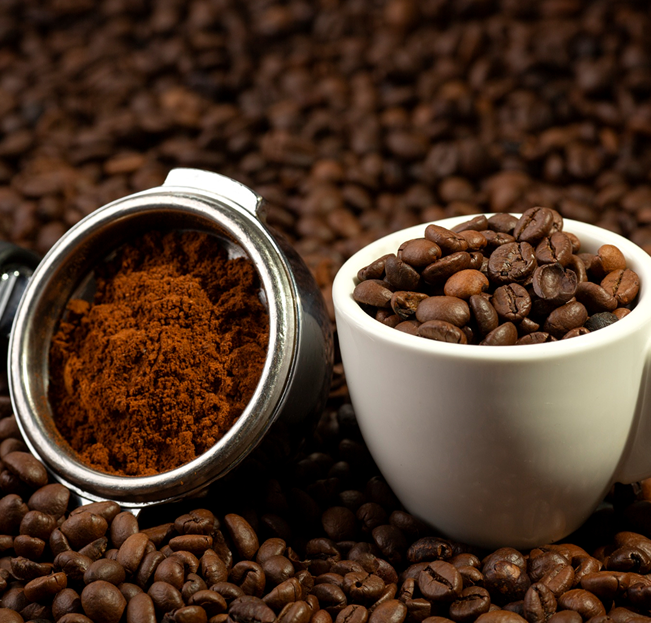
If you’ve looked at the weather lately, you’ve probably noticed the heat wave! In New Jersey, we have been sweltering with temperatures nearing one hundred degrees, and in places of the earth closer to the equator, temperatures have soared even higher. If you know a little about coffee, you know that it grows best in […]

How much do you enjoy that morning cup of coffee? Research shows you should continue drinking the world’s most popular beverage plus add a few more cups throughout the day! Not only does coffee have high levels of antioxidants and nutrients, vitamins like B12, B5 and B3, it is also quite healthy for the aging […]

For some, the thought of decaffeinated coffee is heretic! Isn’t that what this delicious brew is for? But for those with health conditions, sleeping issues, or those who just don’t like that caffeine jitter, a cup of decaf can be just the thing. How is coffee decaffeinated, and how does it affect your cup? Read […]

Have you washed your coffee? If it isn’t washed, it is dirty? Those of us who work professionally in the coffee roasting field know these terms well, but for those new to the coffee industry, the different types of washing and processing that a coffee bean goes through before it reaches your cup can be […]

Have you ever found yourself wondering what the different roasts of coffee mean? Many people assume that all coffees are processed the same way, but in the world of the best coffee roasters, the roast makes all the difference! Here at Lavanta, we are proud to import the best quality green coffee beans online and […]

















